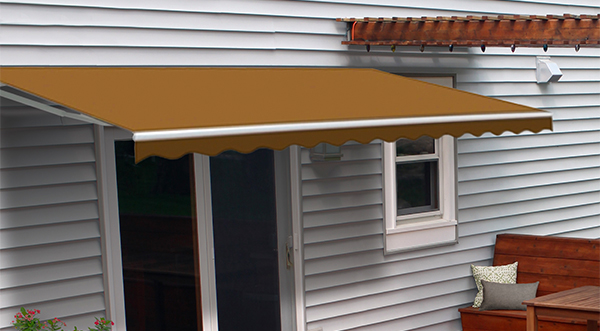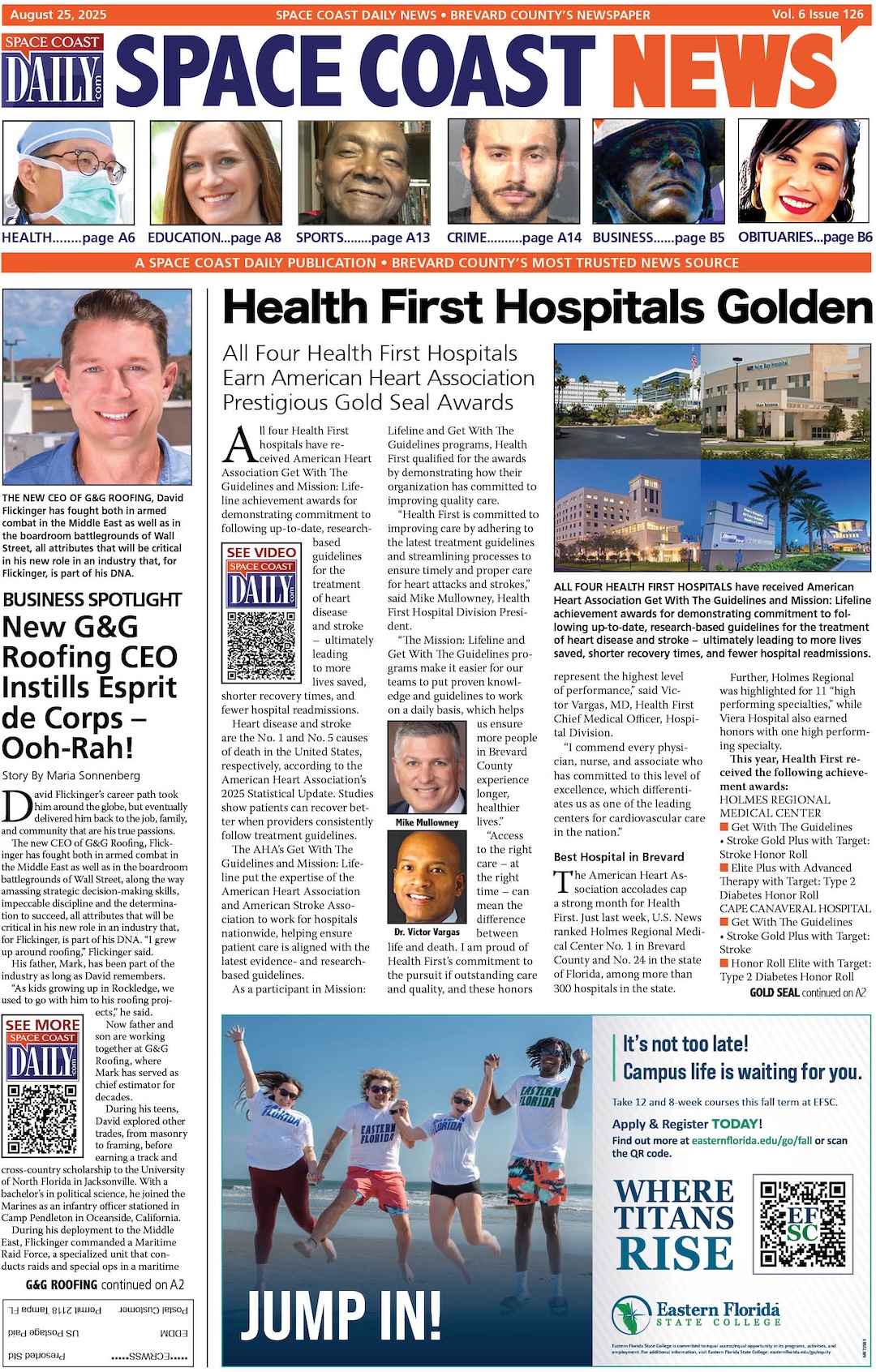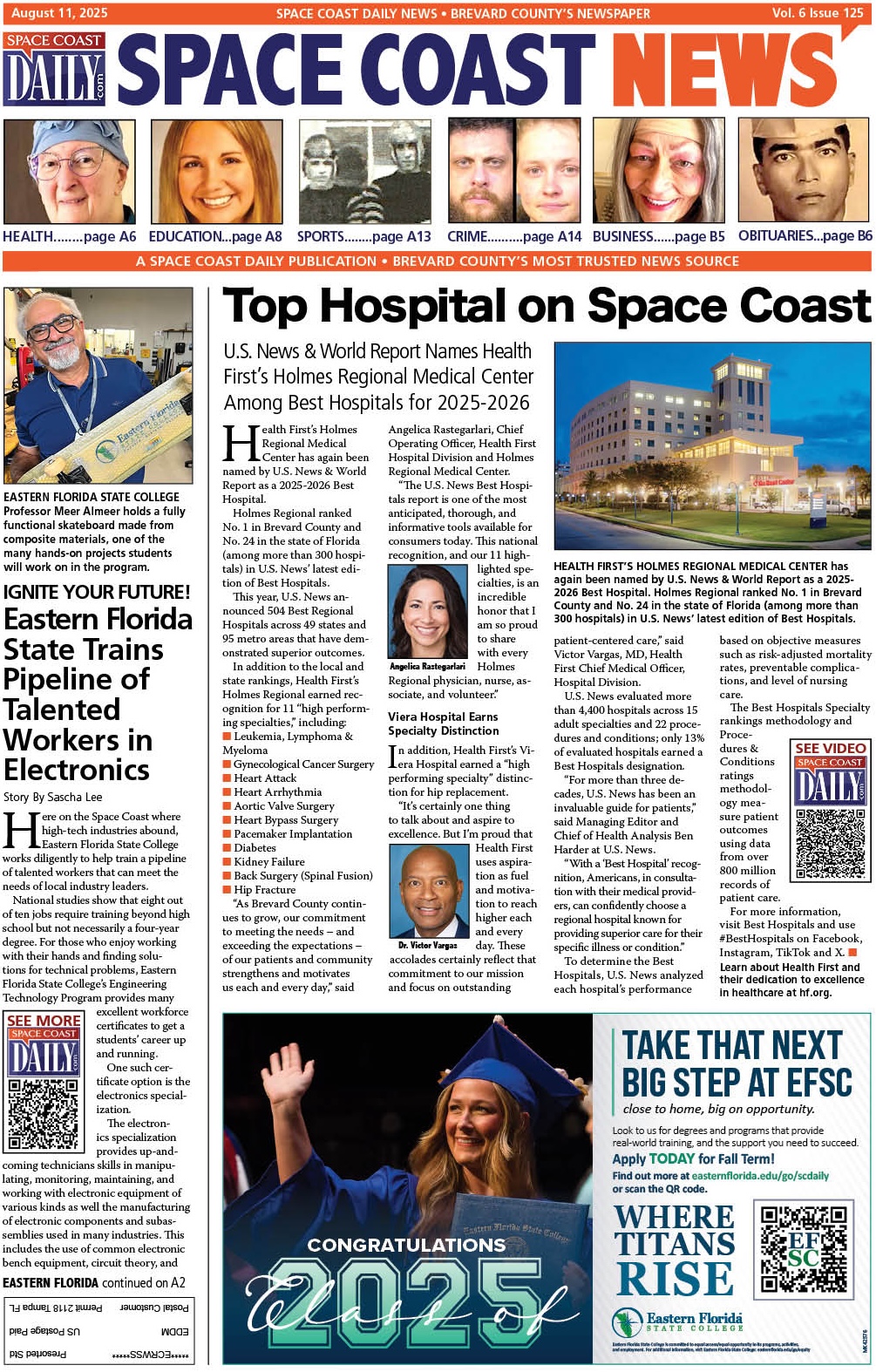How Professionals Keeps Local Awning Projects on Track and on Time
By Space Coast Daily // October 10, 2025

Timeliness is everything in outdoor renovations where weather windows, seasonal events, and personal schedules create deadlines that can’t slip without consequences. Missing target dates means losing summer enjoyment, disappointing guests at planned gatherings, or facing weather that makes outdoor work miserable or impossible until next season arrives months away.
Homeowners appreciate when local awning projects stay organized and finish on schedule even during busy seasons when demand pressures contractors. Reliability separates professional operations from those treating customers as interchangeable rather than individuals with legitimate expectations about timing and follow-through on commitments made during sales processes.
How professional teams streamline every phase, from consultation to installation, to deliver dependable results shows in project management approaches that prevent common delays. Understanding what keeps local awning projects running smoothly helps homeowners recognize quality contractors and set realistic expectations about timelines that balance speed with thoroughness ensuring quality doesn’t suffer from rushing.
Efficient Project Planning and Clear Timelines
Initial consultations establish realistic schedules accounting for permits, material lead times, and weather considerations that affect outdoor installations. Professional teams don’t promise impossible timelines just to secure contracts, instead providing honest assessments of how long complete projects actually take. This upfront honesty prevents disappointment from missed deadlines created by overly optimistic promises made to win business.
Detailed timelines break projects into phases showing when site visits, measurements, ordering, permitting, and installation happen sequentially. Clear communication about these phases helps homeowners understand progress and what’s happening during periods that might seem inactive. Transparency builds confidence that work proceeds even when nothing visible happens on properties between major milestones.
Buffer time built into schedules accommodates unexpected delays from weather, supply issues, or discoveries during installation requiring adjustments. Smart contractors don’t pack schedules so tightly that any hiccup creates cascading delays affecting completion dates. Building flexibility prevents the stress and disappointment that rigid schedules create when inevitabilities like rain or material backorders occur despite best planning efforts.
On-Site Teams That Handle Adjustments Quickly
Experienced installers recognize issues during work and implement solutions immediately rather than stopping to consult supervisors or waiting for direction. This autonomy keeps projects moving when minor complications arise that would stall less experienced crews lacking authority or expertise to make field decisions. Quick problem-solving prevents delays that multiply when every question requires lengthy approval processes.
Direct communication between installers and homeowners allows real-time decisions about options or changes discovered during installation. Being able to discuss alternatives immediately and make choices on-spot prevents delays from playing phone tag or waiting for callbacks. This accessibility means projects keep moving rather than pausing while questions get answered through layers of communication.
Quality control during installation catches issues before completion when fixes are simple rather than discovering problems during final inspections requiring callbacks. Checking work continuously throughout installations ensures everything meets standards without rushing final inspections or leaving loose ends requiring return visits. This attention to detail during work prevents the delays and frustration that come from incomplete or flawed installations needing correction after crews leave.
Local Warehousing and Supply Coordination
Stocked inventory for common awning sizes and styles eliminates waiting for shipments from distant manufacturers when standard options meet project needs. Local warehousing means materials arrive within days rather than weeks, keeping schedules tight and customers satisfied. This inventory investment by professional companies protects customers from delays beyond anyone’s control when distant suppliers face backorders or shipping problems.
Relationships with local suppliers provide backup options when primary sources face delays or shortages threatening project timelines. Multiple sourcing prevents single-point failures where one supplier problem derails entire schedules. Professional contractors maintain these relationships specifically to protect customers from supply chain disruptions that have become increasingly common.
Pre-ordering materials before scheduled installation dates ensures everything arrives ready when crews show up rather than discovering shortages causing delays. Advance planning and verification prevent the chaos of installers arriving without complete materials, wasting time and creating frustration. This organizational discipline separates professional operations from those flying by the seat of their pants hoping everything works out.
Transparent Communication From Start to Finish
Regular updates keep homeowners informed about progress, upcoming phases, and any developments affecting schedules without requiring customers to chase information. Proactive communication builds trust and reduces anxiety that comes from silence during projects where money is spent without visible progress. Good contractors understand that uncertainty creates stress that communication eliminates easily.
Accessible contact for questions means homeowners reach actual humans who know their projects rather than navigating phone trees or leaving messages hoping for eventual responses. Direct access to project managers or installers provides immediate answers keeping concerns from festering into frustrations. This responsiveness demonstrates respect for customers whose money and trust fund contractor operations.
Post-installation follow-up ensures satisfaction and addresses any concerns before projects close officially. Checking back after completion shows contractors care about results beyond just collecting final payments. This follow-through builds lasting relationships rather than transactional interactions ending when money changes hands, creating loyal customers who refer others based on complete experiences rather than just satisfactory installations.
Conclusion
Local awning projects stay smooth through reliability, responsiveness, and attention to customer satisfaction that professional teams prioritize throughout processes. Highlighting why local experience matters shows in organization, communication, and problem-solving that keeps work moving despite inevitable challenges arising during outdoor construction projects affected by weather and coordination complexities.
Readers should prioritize local teams delivering timely, reliable results through proven project management and customer-focused approaches. Choosing contractors based on their track records, communication styles, and organizational capabilities rather than just pricing ensures positive experiences from initial consultation through final follow-up that leaves customers satisfied and confident their investments were handled professionally.












